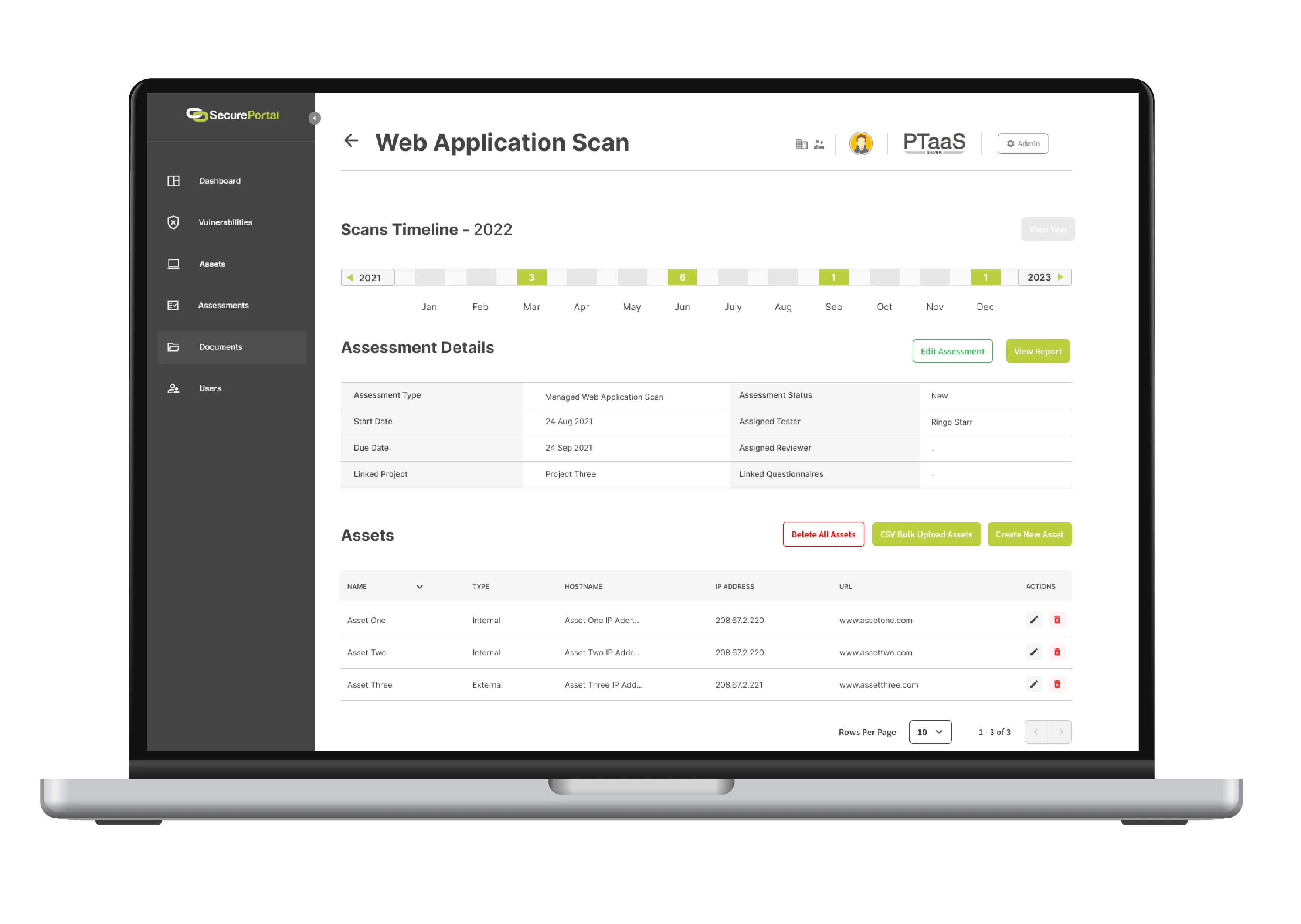Ransomware Attacks: How They Happen, the Threats and Risks.


Ransomware Attacks: How They Happen, the Threats and Risks.
Ransomware attacks are on the rise, and businesses need to be aware of the dangers they pose. In this blog post, we will discuss how ransomware attacks take place, the threats they pose, and the aftermath for businesses. We will also provide tips for protecting your business from Ransomware attacks.
If you prefer a watch over a read, our consultant breaks Ransomware down in the video below.
How Does a Ransomware Attack Take place?
Ransomware attacks usually start with a Phishing email. The attacker will send an email that appears to be from a trusted source, such as a bank or government organization. This email will contain an attachment or link that, when clicked, will download and install the ransomware onto the victim’s computer. Once the ransomware is installed, it will encrypt the victim’s files and demand a ransom be paid in order to decrypt them. The attackers often use bitcoin as the currency of choice for the ransom, as it is difficult to trace. Businesses that are hit with ransomware can face a number of risks, including financial loss, data loss, and reputational damage. In some cases, businesses have even had to shut down completely.

What are the Threats of Ransomware Attacks on Businesses?
There are many threats that businesses face when they are hit with a ransomware attack. One of the biggest dangers is financial loss. The ransom demands can be very costly, and if businesses do not have the money to pay, they may lose everything. In addition, data loss is another big threat. Ransomware can encrypt important files and render them useless. This can lead to serious problems for businesses, such as the loss of customer data or confidential company information. Finally, ransomware attacks can also damage a business’s reputation. If customers find out that their personal information has been compromised, they will likely take their business elsewhere.
What is the Aftermath of Ransomware Attacks?
The aftermath of a ransomware attack can be devastating for businesses. In some cases, businesses have had to shut down completely. Nearly all will face financial losses, data loss, and reputational damage. It is important for businesses to be prepared for the possibility of an attack and to know how to protect themselves.
Top Tips To Preventing Ransomware:
- Keep your software up to date: Outdated software is one of the most common ways that attackers gain access to systems. Be sure to keep all of your software, including your operating system and antivirus software, up to date.
- Train your employees: Employees should be trained on how to spot phishing emails and other signs of an attack.
- Using strong anti-malware and anti-virus software, and keeping it up to date.
- Invest in a Penetration Test to fully secure your system’s network.
- Backing up data regularly, so that if files are encrypted by ransomware, they can be restored from backup.
- Reporting the attack as soon as possible.
Ransomware is a serious threat, but by being prepared, businesses can minimise the risk of an attack. By taking these steps, businesses can help to protect themselves from the dangers posed by ransomware attacks. However, it is important to remember that no security measure is perfect and that even businesses that take all the necessary precautions can still be vulnerable to these attacks.
Ransomware Breakdown
Video/Audio Transcript
In order for a ransomware attack to be successful, the attacker must place malware onto the network. They can do this by a phishing campaign. Though the main threat is the downtime, the business will experience obviously they'll want our work in website. So they'll have no customers coming in or and they won't be able to do any work. So if you've been ransomware you must report this to the ICO why? You'll tend to get a pretty hefty fine and it's highly recommended to get a pen test to fix the vulnerability within the system. That was on ransomware attacks. I hope this information has been useful.




.webp)







.svg)







.webp)

